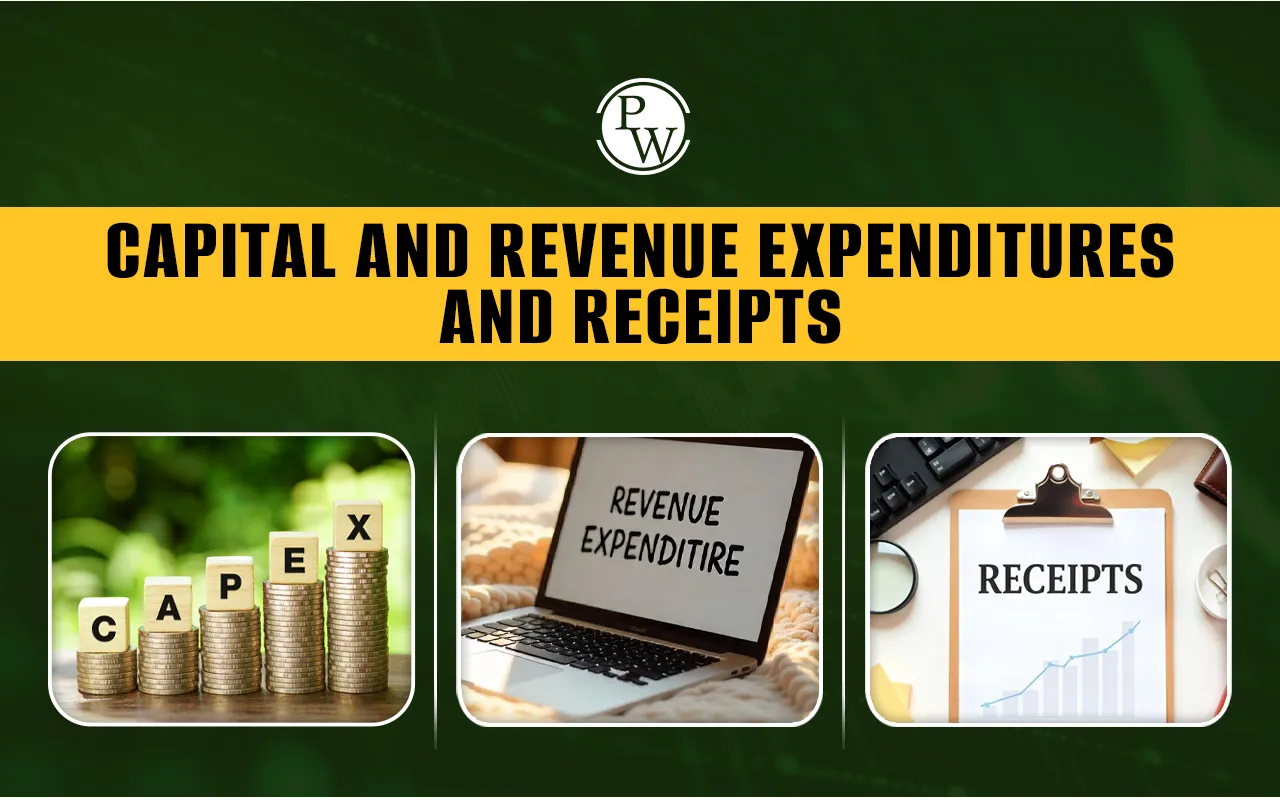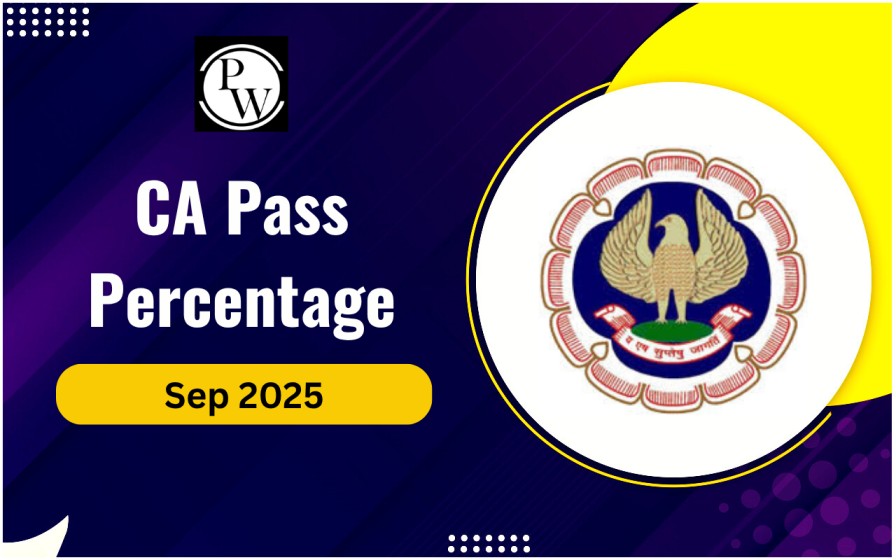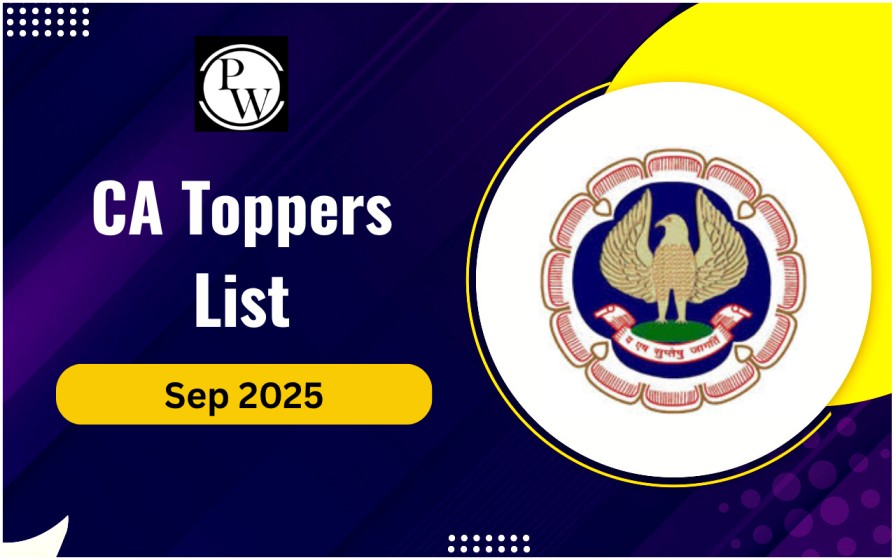

Understanding Capital and Revenue Expenditures and Receipts is crucial for every CA student aiming to master financial accounting and taxation. These concepts form the backbone of business transactions, helping professionals differentiate between long-term investments and day-to-day operational expenses.
If you misclassify these expenditures and receipts, you may distort financial statements, affecting decision-making and tax calculations. Let’s dive deep into this fundamental topic to grasp for CA exams, its significance and application in real-world scenarios.
Capital Expenditure
Capital Expenditure refers to the money spent on acquiring, upgrading, or extending the life of fixed assets. These expenses are not incurred frequently and provide long-term benefits to the business. For example, purchasing machinery, constructing a building, or acquiring patents fall under Capital and Revenue Expenditures and Receipts.
Since these expenditures improve the earning capacity of the business, they are recorded as assets in the balance sheet rather than being charged to the Profit and Loss account immediately.
Revenue Expenditure
Revenue Expenditure is the cost incurred to run daily business operations smoothly. These expenses do not increase the earning capacity of the business but help in maintaining existing assets and conducting normal business activities. Examples include salaries, rent, electricity, and repairs.
Unlike capital expenditure, revenue expenditure is charged to the Profit and Loss account in the year it is incurred because it provides benefits only for a short period.
Capital Receipts
Capital Receipts are those inflows of money that arise from non-operating activities. They either create a liability or reduce an asset. Examples include loans taken from banks, proceeds from issuing shares, or selling fixed assets.
Since Capital and Revenue Expenditures and Receipts impact the financial position of a business in the long run, they are recorded in the balance sheet and not in the income statement.
Revenue Receipts
Revenue Receipts are the regular inflows that arise from business operations. They do not create liabilities or reduce assets. Sales revenue, commission earned, and interest received on investments are examples of revenue receipts.
Unlike capital receipts, revenue receipts are recorded in the Profit and Loss account because they contribute to the short-term profitability of the business.
Key Differences Between Capital and Revenue Expenditures and Receipts
A clear understanding of Capital and Revenue Expenditures and Receipts helps in distinguishing long-term investments from regular operational costs. This distinction is essential for preparing accurate financial statements and ensuring proper tax treatment. Misclassification can lead to financial misrepresentation, affecting business decisions and compliance with accounting standards.
Nature and Impact
Capital Expenditure creates or enhances long-term assets, while Revenue Expenditure maintains day-to-day business operations. Similarly, Capital Receipts increase liabilities or reduce assets, whereas Revenue Receipts contribute to business earnings.
Accounting Treatment
Capital Expenditures are shown as assets in the balance sheet, while Revenue Expenditures are charged to the Profit and Loss account. Similarly, Capital Receipts appear in the balance sheet, while Revenue Receipts appear in the income statement.
Example to Understand the Concept
Imagine a company buying a new factory. The cost of purchasing and constructing the factory is a Capital Expenditure. However, the electricity bills and maintenance expenses for running the factory are Revenue Expenditures.
Similarly, if the company sells an old machine, the proceeds from the sale are a Capital Receipt. But if the company earns money by selling its products, it is considered a Revenue Receipt.
Importance of Classifying Capital and Revenue Expenditures and Receipts Correctly
Accurately classifying Capital and Revenue Expenditures and Receipts is essential for financial transparency, tax compliance, and effective business management. A wrong classification can distort financial analysis, leading to poor decision-making and regulatory issues.
Financial Reporting Accuracy
Misclassifying Capital and Revenue Expenditures and Receipts can lead to misleading financial statements. Overstating capital expenditure may inflate profits, while excessive revenue expenditure may reduce net income.
Tax Implications
Tax authorities distinguish between capital and revenue expenditures for tax deductions. Incorrect classification can lead to penalties or tax disallowances.
Investment Decisions
Investors analyze financial statements to make informed decisions. Accurate classification of Capital and Revenue Expenditures and Receipts ensures transparency in financial reporting.
Mastering the concept of Capital and Revenue Expenditures and Receipts is essential for CA students. It helps in preparing accurate financial statements, making better business decisions, and ensuring compliance with tax regulations. Understanding the distinction between capital and revenue items ensures financial clarity, preventing errors that could impact a company’s financial health.
| Also Check: | |
| Employee Costs and Direct Expenses | Joint Products |
| Deductions from Gross Total Income | Assets Based Accounting Standards |
| Cost and Management Accounting | E-Way Bill |
Capital and Revenue Expenditures and Receipts FAQs
What is the main difference between Capital and Revenue Expenditure?
Are all fixed assets classified under Capital Expenditure?
How do Capital and Revenue Receipts impact financial statements?
Can Revenue Expenditure be capitalized?













